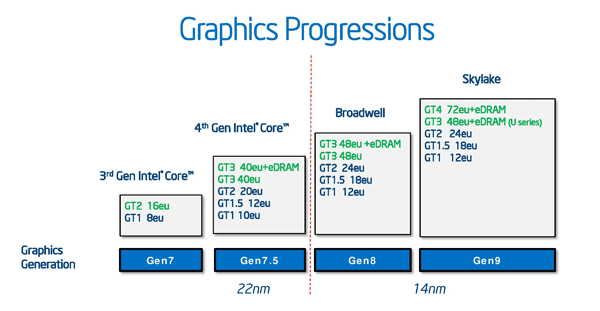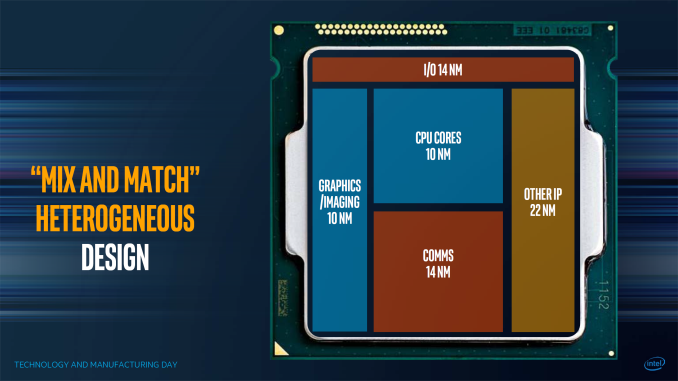Intel will have its own discrete graphics
 Over the past few days, several messages have appeared on the news feeds of IT resources related to Intel's graphics activity. Certainly, something significant is happening here, and here’s another proof: as it became known, Raja Koduri (Raja Koduri), the chief developer of AMD’s graphics architecture (previously occupying a similar position at Apple), will lead the graphics direction at Intel. We take advantage of this occasion to talk a little about the emerging, really quite curious situation - in anticipation of specific events and other official information.
Over the past few days, several messages have appeared on the news feeds of IT resources related to Intel's graphics activity. Certainly, something significant is happening here, and here’s another proof: as it became known, Raja Koduri (Raja Koduri), the chief developer of AMD’s graphics architecture (previously occupying a similar position at Apple), will lead the graphics direction at Intel. We take advantage of this occasion to talk a little about the emerging, really quite curious situation - in anticipation of specific events and other official information.The immediate background of the assignment is clear and officially voiced: Koduri is called upon to develop Intel’s own discrete graphics graphics that are not on a chip. This is not the first attempt of the company to open this segment of the market for itself; You can recall, for example, the Intel i740 chip together with the failed successors i752 and i754 from the late nineties, as well as the long-suffering Intel Larrabee project of the beginning of the two thousandth, after numerous transformations turned into Intel Many Integrated Core ( Intel MIC ). And although these attempts were not crowned with success, the company continued to develop in this direction - subsequently, efforts were crowned with the creation of Xeon Phi.

What drives the company to attack the third time? Despite the long history of development, for a long time, the graphics cores in Intel processors could not boast of high performance. Up to the Haswell generation (2013), the company was limited to the simplest configurations, then their power began to increase dramatically. One of the largest consumers of productive configurations was Apple, the other partners did not show much interest in them. Anyway, the possibilities of integrated graphics are exhausted. It was necessary to offer something new.
')
The release of SoC Kaby Lake-G announced a few days ago, which also captures Apple’s interest, can be considered a test of new technologies, in particular, the Embedded Multi-Die Interconnect Bridge, which connects two components, as well as High Bandwith Memory 2 integrated high-speed memory ( HBM2). Recall that the EMIB technology was introduced about a year ago; it allows you to combine high-speed bus multichip systems without the need to use silicon jumpers. EMIB (as well as HBM2) debuted on the market as part of the latest generation FPGA Intel Altera Stratix 10 at the end of last year. Now it's processor time.

SoC scheme using EMIB technology
If we talk about the discrete graphics of our own production, then from a strategic point of view, the user is primarily interested in the question: how big is the supply of Intel developments for the implementation of this project. According to experts, if the Koduri team starts working from scratch, it will take at least 4 years to complete it with all the attendant dangers (recall the same Larrabee). Here it is necessary to take into account that a large discrete graphics system is very different from a compact integrated one, which requires a lot of resources to implement scalability, which is vital in this case.
The Intel campaign makes sense only in one case - if it results in the appearance of a complete line of graphic products from top to bottom. Now, of course, the developers are aiming for the top segment, but the time will come for more budget decisions. And in this case, the landscape on the market of graphic cards will change dramatically, the existing bipolar world will turn into a three-polar one. Such tectonic shifts are overgrown with media overlays, and here, among other things, the personality of the leader is important. Koduri's candidacy may have attracted Intel, among other things, for its fame outside of narrow circles. However, you won't live with PR alone - you need real results. We notice the time when they appear.
→ Original article on AnandTech website
Source: https://habr.com/ru/post/373977/
All Articles